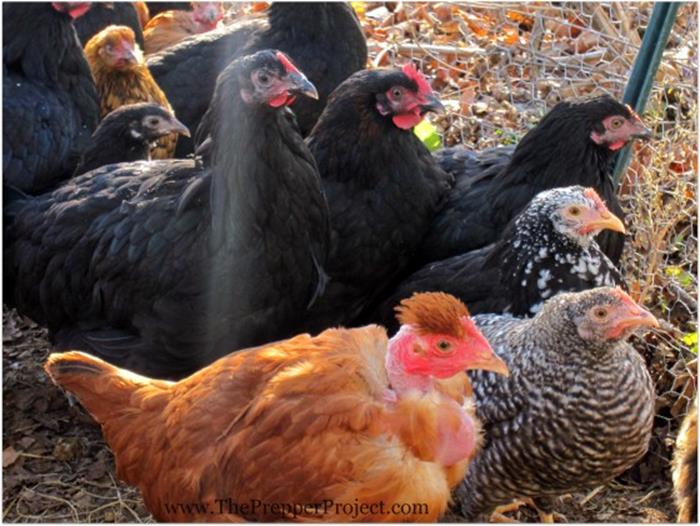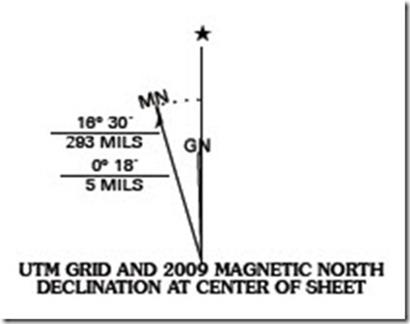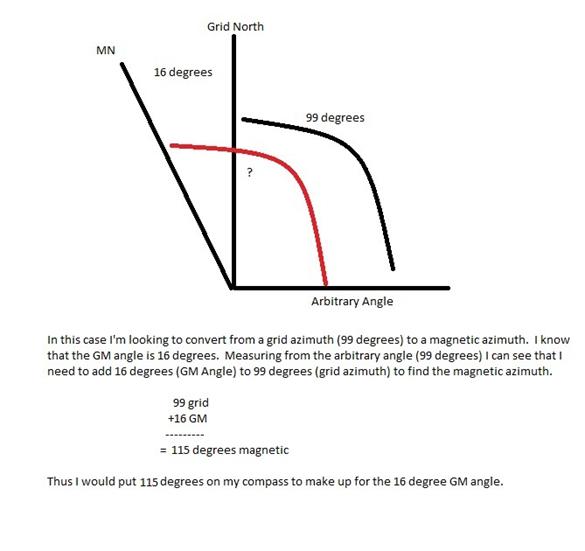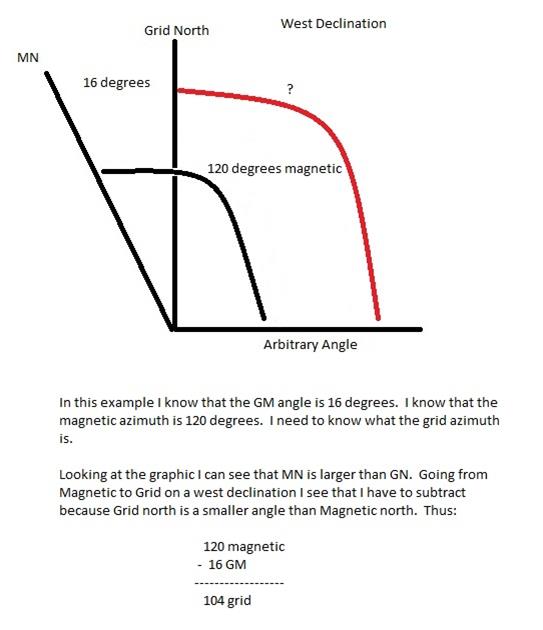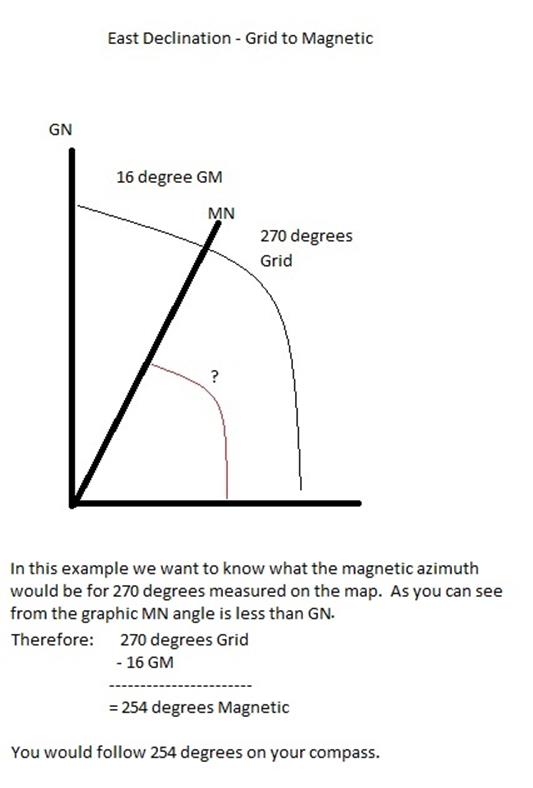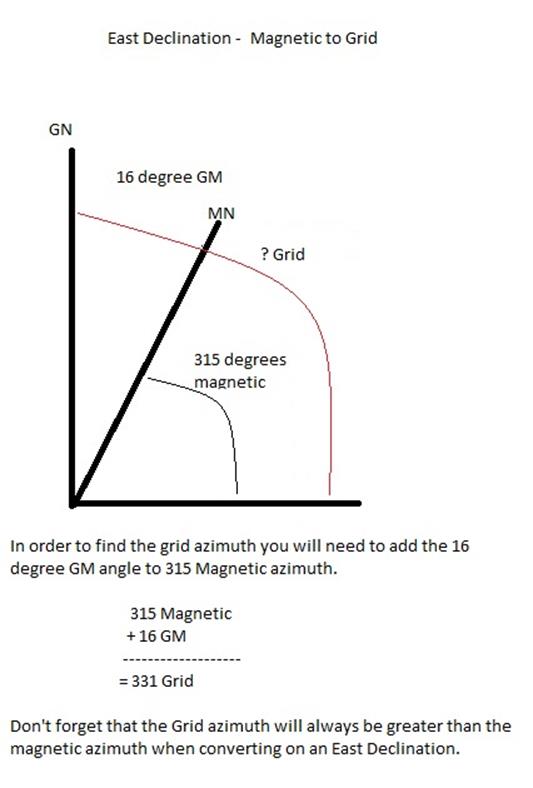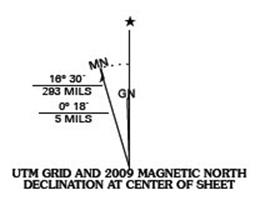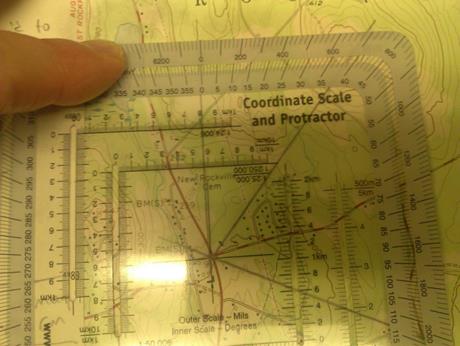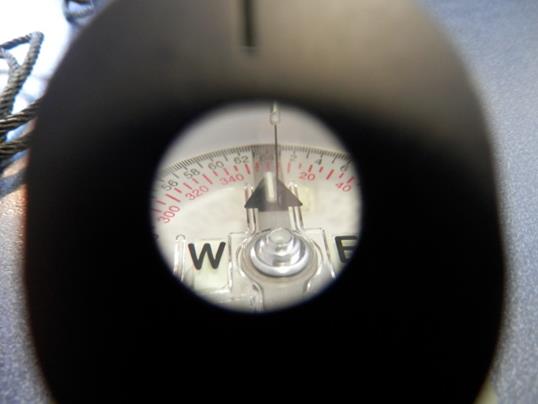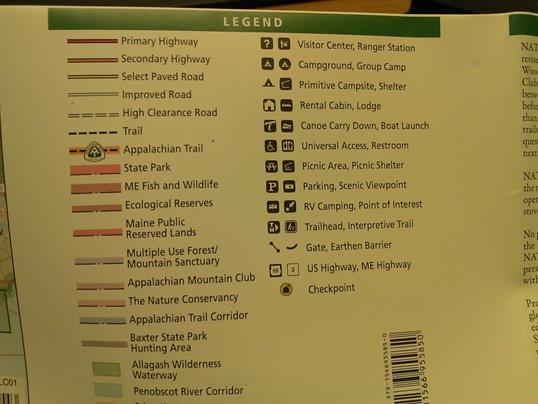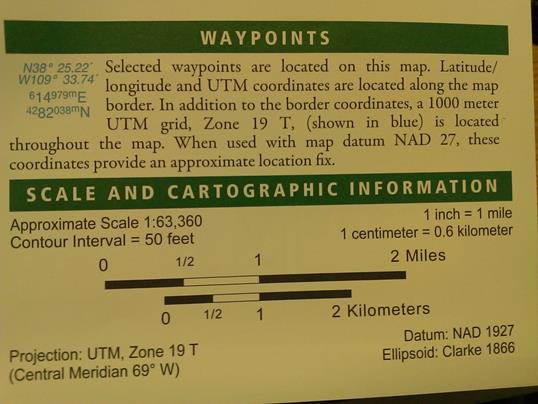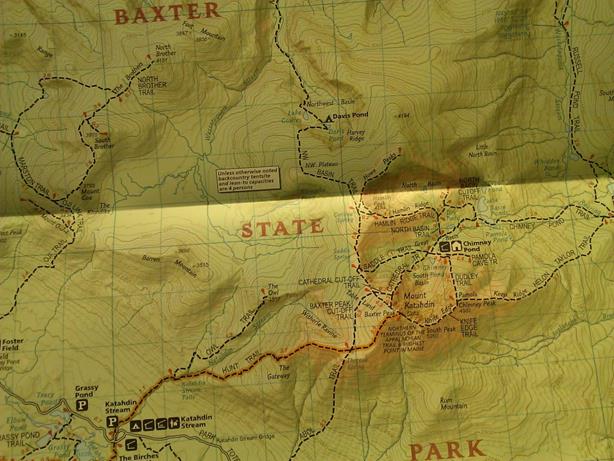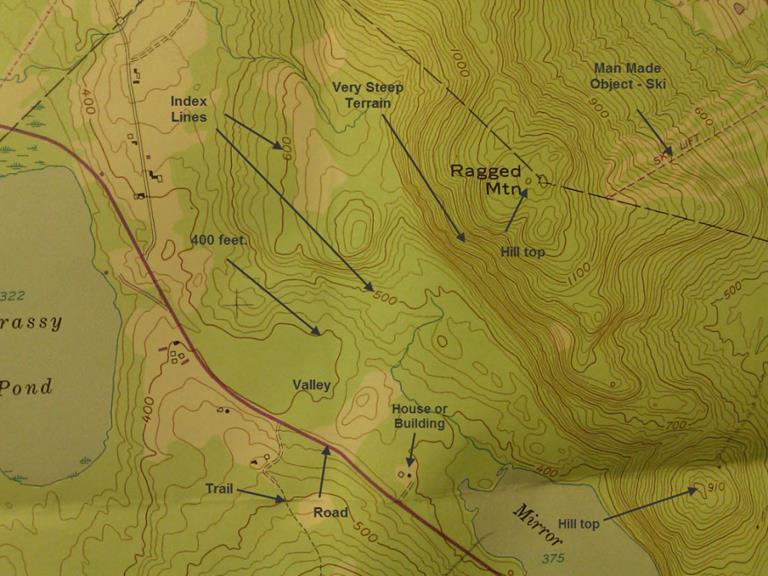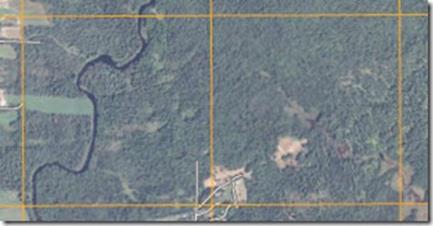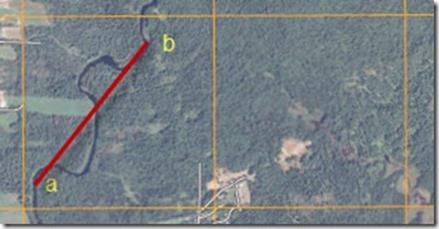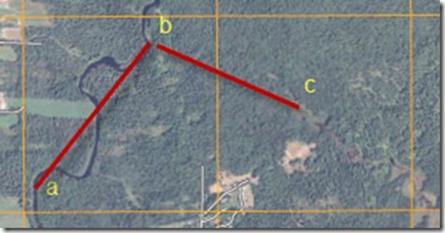Can you live off your land if there’s an emergency? Can you meet your food needs for even a few weeks?
Planning perennial agriculture systems, such as food forests, along with getting some chickens is a really good plan long-term – but if you had to start gardening like it’s the end of the world – right now – what would you grow?
Here’s my top-ten list.
1. Potatoes
Potatoes are probably the ultimate survival crop. They tolerate poor soil, bear abundantly, handle a variety of climates and are packed with calories. Space-wise, they beat the living daylights out of grains, plus they store for a long period. In some climates, you can plant potatoes in spring and fall and get a double harvest. If you pick purple varieties, they’re high in anthocyanins, though the yields I’ve had from them are much lower than their white cousins.
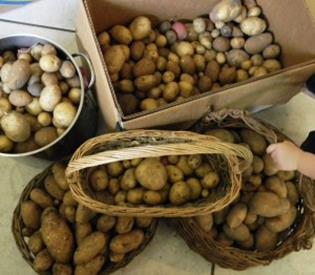
2. Sweet Potatoes
Sweet potatoes are healthier than white potatoes and provide an additional benefit: the leaves are a green vegetable. With a decent sized patch of sweet potatoes, you can feed your family plus get plenty of nutrition. Nothing says “all is well with the world” like a big pile of sweet potatoes. Except for maybe a word bubble reading “all is well with the world.”
3. Kale
Kale, though not high in calories, is a nutritional powerhouse. Face it: you need plenty of nutrients to keep moving. People with deficiencies get sick a lot more often. Adding kale to your diet is good preventative medicine, plus it’s easy as heck to grow. A cold-hardy vegetable, you can plant in fall or spring across most of the US and be eating kale for a long time. Add it to smoothies, throw it in salads, mix it into stir-fries, dry it into chips or give it to your chickens as a nutrient boost. Kale is hardcore.
4. Jerusalem artichokes
Jerusalem artichokes are the plant you can rely on when nothing else does well. They also provide calories during the winter. Though it’s not the easiest root to live on, it’s a perennial stand-by that’s going to be there for you when it counts. Bonus: you get tons of biomass from the stalks you can use for compost.
5. Corn
The first of the “three sisters,” people have lived on corn for thousands of years. Of all the grains, it’s the easiest to handle on a small scale. That said: I’m not talking about sweet corn. I’m talking grain corn – the kind of corn you use for making grits and cornbread. Note: If you plan on making corn your main staple, be sure to nixtamalize it or supplement with other foods. Otherwise you can end up with nutritional deficiencies. Overall, however, it’s an easy-to-grow storable source of calories.
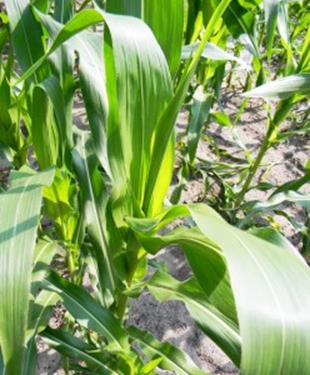
6. Squash
The second member of the “three sisters,” squash is good stuff. Some varieties are boring and bland, others are tasty. Personally, I like the giant Hubbard squash as well as the ultra-tough Seminole pumpkin variety. Squash are nutrient rich and will store for months at room temperature, making them a good addition to your survival garden.
7. Beans
The final member of the “three sisters,” beans are reliably productive. Many varieties can be used as green vegetables and for dried beans. My favorite green bean is the “snake bean,” though it’s terrible for dried beans. On the dry bean side of things, you’ve got plenty of choices. Just take a look through the Seedsaver’s Exchange catalog and you’ll have a hard time picking one type to try. Unfortunately, beans don’t produce a very large yield for the amount of space they consume – but I figure they make up for their stinginess by also adding nitrogen to the soil.
8. Cassava
Cassava (also known as yuca, manioc and tapioca) is one of my personal favorite plants. Though finding cuttings isn’t always easy, once you have them, you can grow enough canes to grow cassava for life (provided you live in zone 8 or south). You can find a good variety here. Toxic until boiled, cassava roots are a dense source of calories. The leaves are rich in protein and can be used like collard greens. Since the entire plant has cyanide in it, it’s practically pest free. In colder climates, cassava freezes to the ground in the winter and will come back in the spring.
9. Cabbage
Cabbage is healthy, grows with moderate ease, and is storable for a decent amount of time under refrigeration or in a root cellar. If you ferment it, it stores even better. Sauerkraut fueled Germany for untold centuries, and its cousin kimchi is a Korean staple. Live fermented cabbage is incredibly healthy. It can fix stomach complaints, provide you with a lot of bioavailable nutrition, and make your house smell amazing.
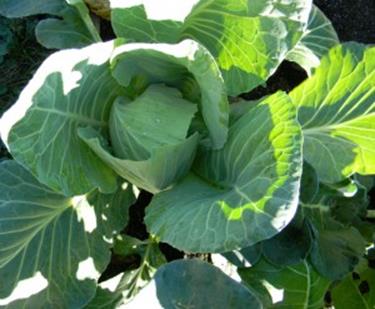
10. Garlic
Garlic, though not what one might consider a “major” crop, is healthy, easy to grow, calorie dense, space efficient and makes life better. It stores well, can be pickled, and is hardy enough to withstand quite a bit of freezing. I planted it in the fall in Tennessee and it would sit through most of the winter, and then burst into growth in the spring. We ate a lot of garlic – and it tasted much better than anything you’d get in the store. Garlic also has anti-cancer and anti-bacterial properties. Add it to your garden!
So there – that’s my top-ten list of survival food crops.
Start now to make sure you are staying prepared.
Via: theprepperproject
 Follow
Follow